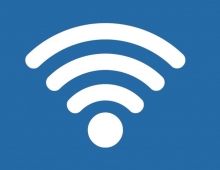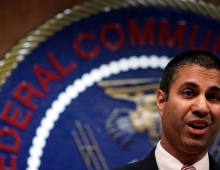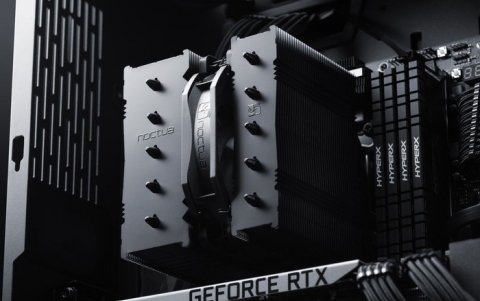
FCC Launches Broadband Speed Tool
The U.S. Federal Communications Commission on Thursday launched a broadband test service to help consumers clock the speed of their Internet.
The 'Consumer Broadband Test' and the 'Broadband Dead Zone Report' allow consumers to test their broadband service and report areas where broadband is not available.
"Transparency empowers consumers, promotes innovation and investment, and encourages competition," said Chairman Julius Genachowski. "The FCCs new digital tools will arm users with real-time information about their broadband connection and the agency with useful data about service across the country. By informing consumers about their broadband service quality, these tools help eliminate confusion and make the market work more effectively."
The Consumer Broadband Test measures broadband quality indicators such as speed and latency, and reports that information to consumers and the FCC. The mobile version -- the FCCs first mobile app -- is available through the Apple and Android app stores. The fixed version is available at www.broadband.gov. Two popular broadband testing tools are used in this beta version -- the Ookla, Inc. Speed Test and the Network Diagnostic Tool (NDT) running on the Measurement Lab (M-Lab) platform. In the future, the FCC anticipates making additional broadband testing applications available for consumer use.
The Broadband Dead Zone Report enables Americans to submit the street address location of a broadband "Dead Zone" where broadband is unavailable for purchase. The Broadband Dead Zone Report form is available on www.broadband.gov.
These tools help the FCC gather data to analyze broadband performance and availability on a geographic basis across the United States. The FCC said that it was committed to protecting the personal privacy of consumers utilizing these tools, and will not publicly release any individual personal information gathered.
The FCC release follows an FCC meeting in September where officials said that actual speeds were estimated to lag by as much as 50 percent during busy hours.
"Transparency empowers consumers, promotes innovation and investment, and encourages competition," said Chairman Julius Genachowski. "The FCCs new digital tools will arm users with real-time information about their broadband connection and the agency with useful data about service across the country. By informing consumers about their broadband service quality, these tools help eliminate confusion and make the market work more effectively."
The Consumer Broadband Test measures broadband quality indicators such as speed and latency, and reports that information to consumers and the FCC. The mobile version -- the FCCs first mobile app -- is available through the Apple and Android app stores. The fixed version is available at www.broadband.gov. Two popular broadband testing tools are used in this beta version -- the Ookla, Inc. Speed Test and the Network Diagnostic Tool (NDT) running on the Measurement Lab (M-Lab) platform. In the future, the FCC anticipates making additional broadband testing applications available for consumer use.
The Broadband Dead Zone Report enables Americans to submit the street address location of a broadband "Dead Zone" where broadband is unavailable for purchase. The Broadband Dead Zone Report form is available on www.broadband.gov.
These tools help the FCC gather data to analyze broadband performance and availability on a geographic basis across the United States. The FCC said that it was committed to protecting the personal privacy of consumers utilizing these tools, and will not publicly release any individual personal information gathered.
The FCC release follows an FCC meeting in September where officials said that actual speeds were estimated to lag by as much as 50 percent during busy hours.





















